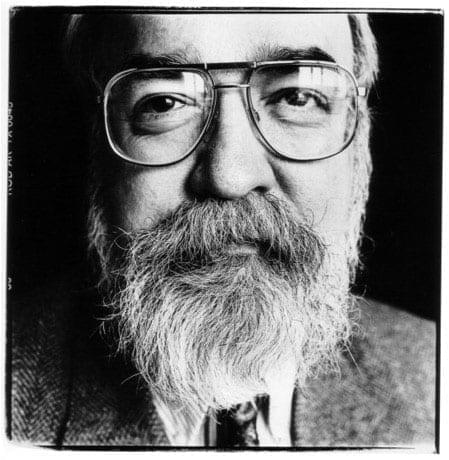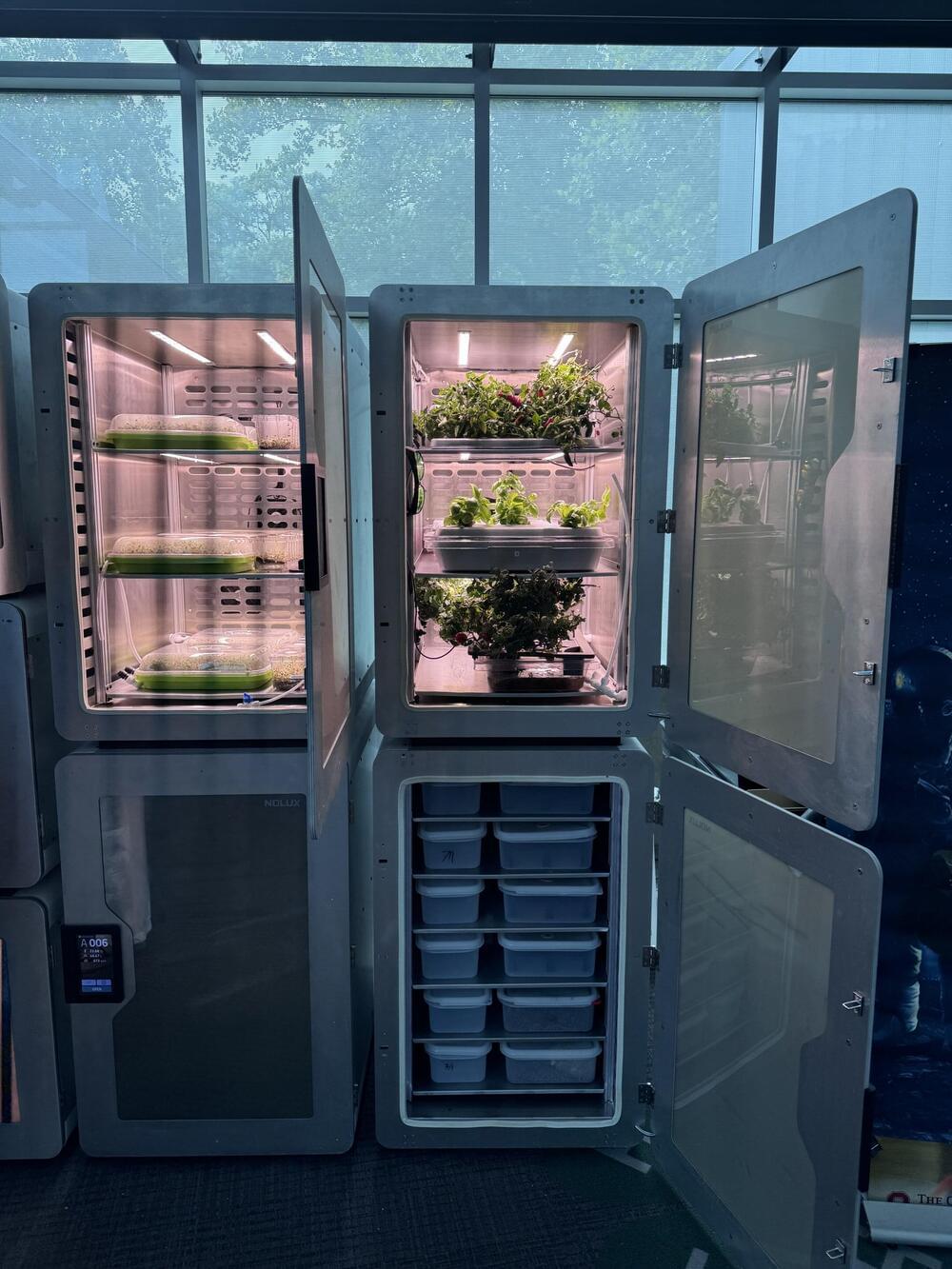Oct 30, 2024
Daniel Dennett: The Magic of Consciousness…Without the Magic
Posted by Dan Breeden in categories: computing, education, neuroscience
Daniel C. Dennett is one of the most influential philosophers of our time, perhaps best known in cognitive science for his multiple drafts (or “fame in the brain”) model of human consciousness, and to the secular community for his 2006 book Breaking the Spell. Author and co-author of two-dozen books, he’s the Austin B. Fletcher Professor of Philosophy, and Co-Director of the Center for Cognitive Studies at Tufts University, where he taught our very own Point of Inquiry host Lindsay Beyerstein.
Beyerstein and Dennett catch up to discuss Dennett’s newest book, From Bacteria to Bach and Back: The Evolution of Minds. It’s a fresh look at Dennett’s earlier work on the subject of consciousness, taken in new directions as he seeks a “bottom-up view of creation.” Join Dennett and Beyerstein as they discuss the how’s and why’s of consciousness, not just from an evolutionary and neurological standpoint, but also through the lenses of computer science and human culture.
New POI episodes and updates sent right to you. It’s as easy as typing in your email. Your email isn’t shared with anyone else. Just news and updates.


















